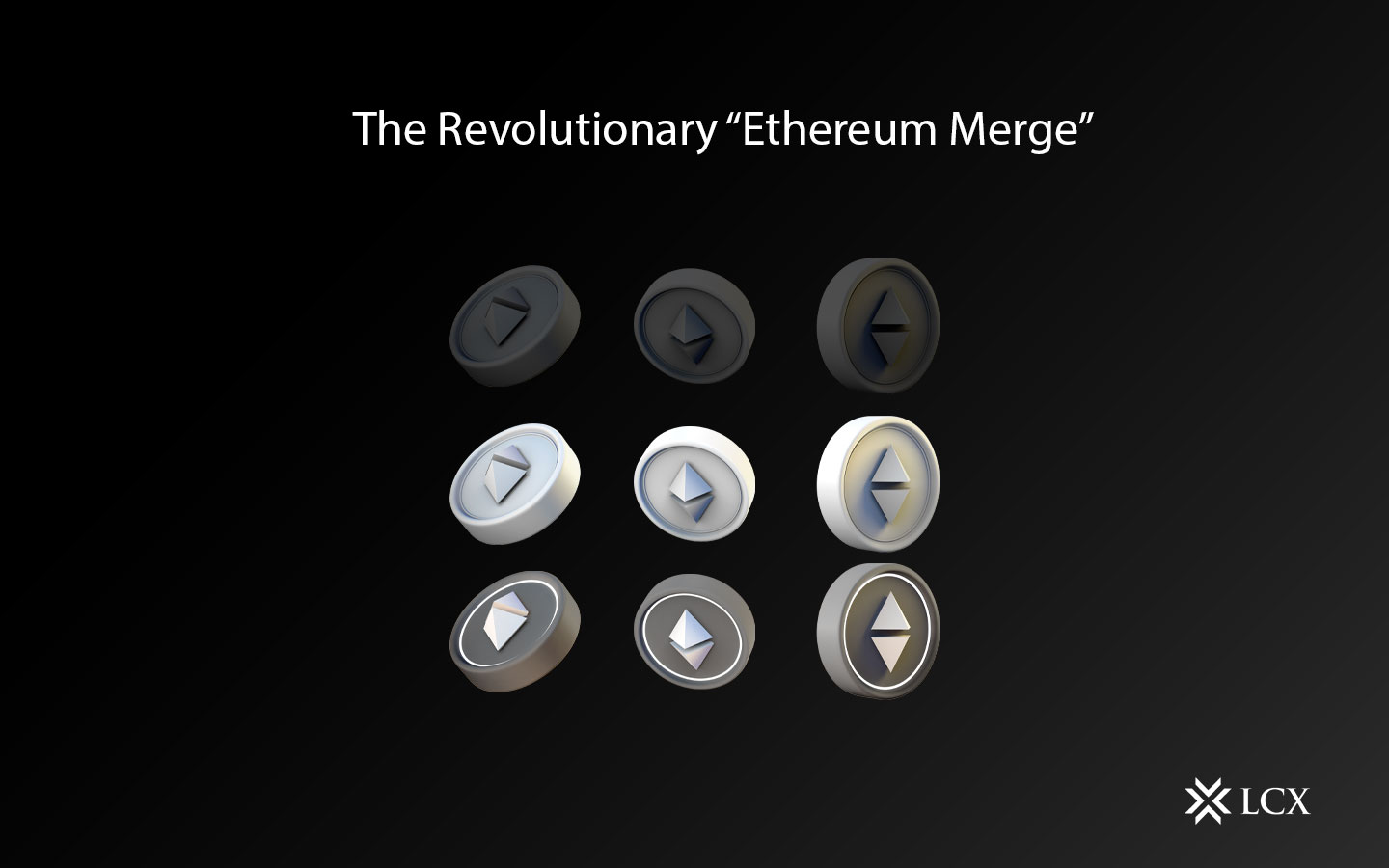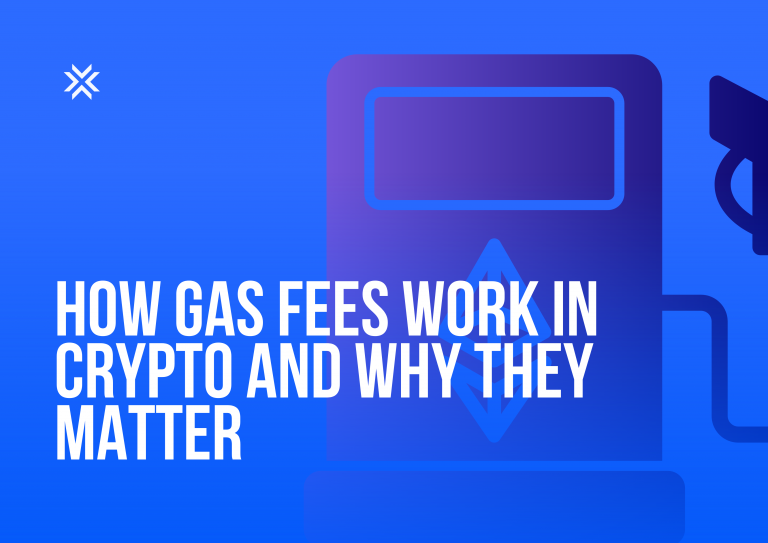The Crypto community has been thriving for a long time now. The most highly-anticipated event of the year is coming soon, the Ethereum Merge. It is a merge between Ethereum’s Mainnet and the proof of stake system of the Beacon chain. This new Merge will end the proof-of-work era of Ethereum and lead to the birth of Ethereum 2.0.
What Do You Mean By The Merge?
“The Merge” is a crypto slang term used to explain Ethereum’s transition from a PoW (proof-of-work) consensus algorithm to PoS (proof-of-stake).
The Ethereum Foundation defines the term precisely as:
“The Merge represents the joining of Ethereum’s existing execution layer and its new proof-of-stake consensus layer, the Beacon Chain.”
This is intended to handle the energy-intensive mining process while also trying to secure the network through staked ETH. The move is expected to enhance Ethereum’s network’s sustainability, security, and scalability.
What Is Different About The Beacon Chain?
The Beacon Chain serves as the foundation of Ethereum 2.0’s architecture. It exists in parallel to Ethereum’s network as a separate blockchain. It hasn’t processed any mainnet transactions, but it has reached a consensus on its own. This is accomplished by agreement with active validators and their account balances.
Unlike Ethereum’s mainnet, which still uses proof-of-work, the Beacon Chain is secured by a proof-of-stake(PoS) consensus algorithm. It was established on December 1, 2020.
In simple words, the Beacon Chain has previously served as a de facto testnet for Ethereum 2.0, but this will change with the Merge.
The Merge represents the point at which the two systems: Ethereum’s current mainnet, which runs on PoW, and the Beacon Chain, which runs on PoS, come together. This way, PoW will be permanently replaced by PoS.
Preparation For The Merge
Understanding that ETH users and holders do not need to do anything with their wallets and funds before the Merge is critical.
The entire history of Ethereum, dating back to its inception, will be preserved after the switch to PoS. All funds in a wallet will remain accessible after the Merge, and no action on the part of users or holders is required to upgrade.
However, the Ethereum network has more than just holders and users, such as
- Operators and providers of staking nodes
If you’re running a staking node, you first should run a consensus layer client and an execution layer. It would help if you used a shared JWT secret to authenticate both layers so they can interact securely. You should also designate a fee recipient address to receive transaction fee tips.
- Operators of non-validating nodes and infrastructure providers
Aside from the execution layer client, the primary task here is to install a consensus layer client. Again, it would be best to authenticate both clients using a shared JWT secret so that their communication is private.
- DApp and smart contract developers
The Merge will result in significant structural changes to Ethereum. Thus, developers are recommended to thoroughly study “How the Merge Impacts Ethereum’s Application Layer” by Tim Beiko, Ethereum Foundation member.
Changes After The Merge
- The Merge will abandon the proof of work consensus of Ethereum, its current energy-intensive system, for proof of stake.
- Ethereum 2.0 will come up with the solution to the scaling issue of current blockchains. It is claimed that this network will be able to process over 100,000 transactions/second.
- In crypto, “staking” means depositing cryptocurrency into a protocol. This is sometimes done to generate interest. Staked cryptocurrency can also help secure a protocol, as in the case of a proof-of-stake blockchain. The greater the amount of Ether staked, the more secure the blockchain will be after the Merge.
- Miners will no longer need to solve cryptographic puzzles to authenticate new blocks once proof of stake is implemented. They will instead deposit ether tokens into a pool.
- It is still an expensive venture. Prospective block verifiers, referred to as “validators” rather than miners, must stake a minimum of 32 ether ($48,500).
Conclusion
Overall, The Merge is undoubtedly one of the most significant moments in cryptocurrency history, as one of the most prominent protocols will undergo a massive change. The merger is scheduled to take place in September.
As the Merge approaches, the price of Ether has also risen significantly. Let’s see if this revolutionary Merge will keep all its claims.









